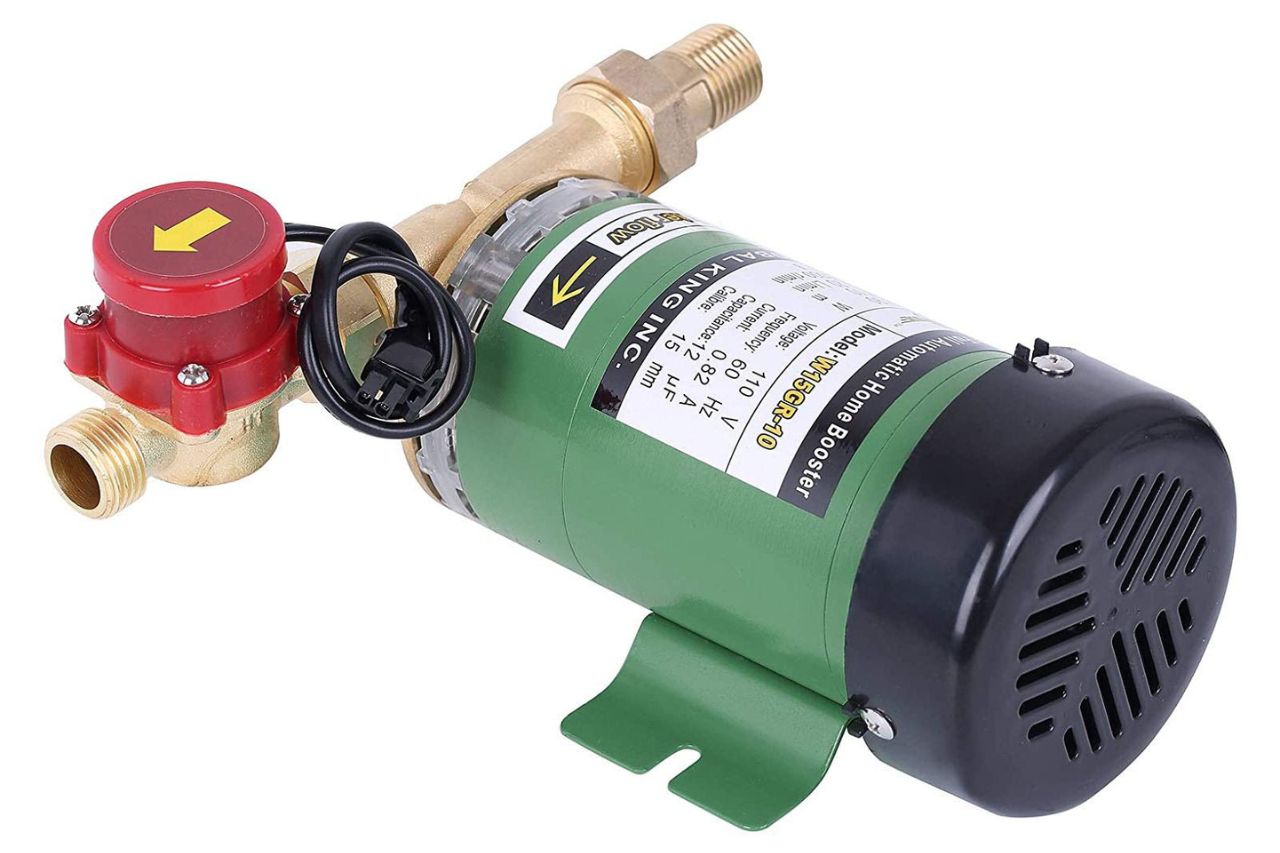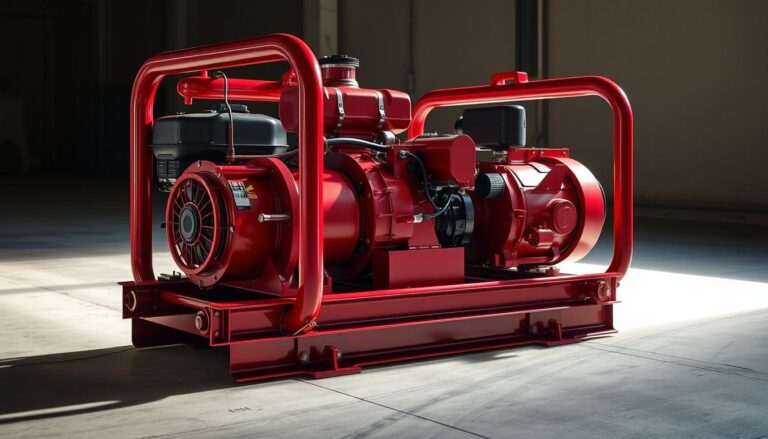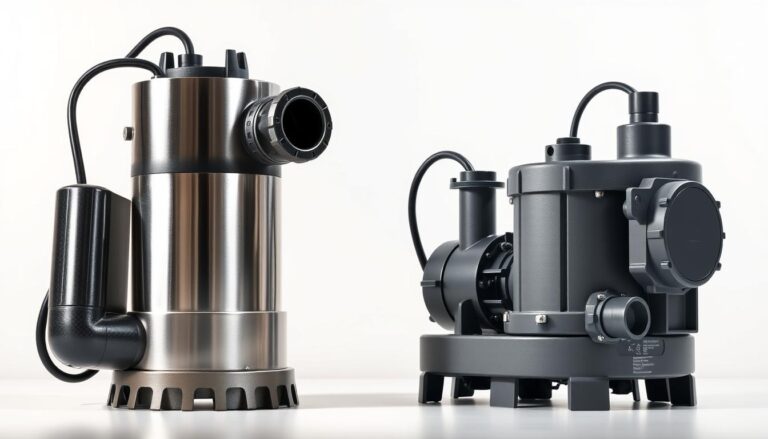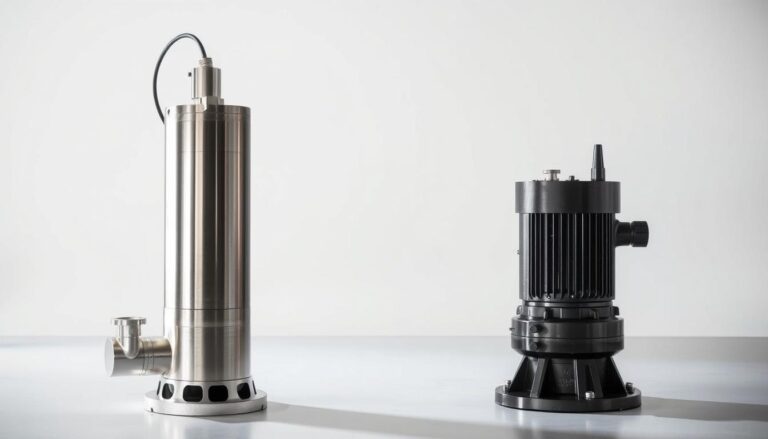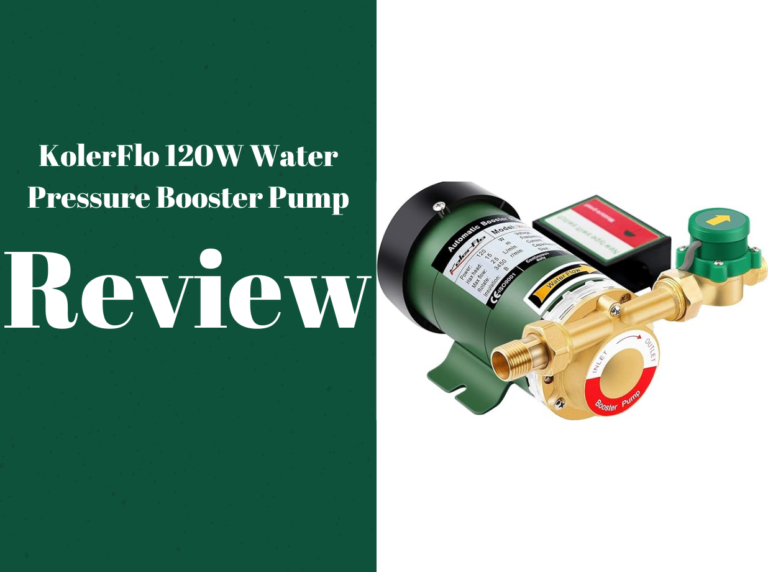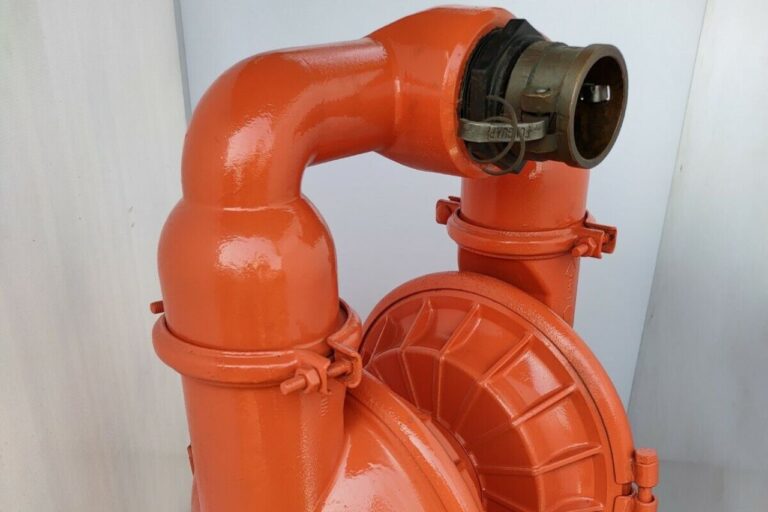The Ultimate Guide to Sizing a Booster Pump
Key Takeaways
- A booster pump increases water pressure and flow rate in a plumbing system, making it essential for homes with low water pressure.
- When selecting a booster pump, consider factors such as water demand, desired pressure increase, and the type of plumbing system.
- Determining the appropriate pump size and capacity involves calculating the total head and flow rate required for optimal performance.
- Evaluating the pump’s power requirements ensures that it is compatible with the available electrical supply and can operate efficiently.
- Maintaining your booster pump regularly, including cleaning filters and checking for leaks, is crucial for peak efficiency and longevity.
Understanding the Role of a Booster Pump
A booster pump is a crucial component in many water distribution systems, serving to increase the pressure and flow of water to meet the specific needs of a building or a particular application. These pumps play a vital role in ensuring that water is delivered effectively and efficiently, overcoming challenges such as low water pressure or long distances between the water source and the point of use.
In residential and commercial settings, booster pumps are often necessary to provide adequate water pressure for activities like showering, running appliances, or maintaining proper water flow throughout the plumbing system. They are particularly important in multi-story buildings, where the water pressure at the upper levels may be insufficient without the assistance of a booster pump.
Booster pumps are also commonly used in industrial and agricultural applications, where they are required to move water over long distances or to higher elevations. In these scenarios, the booster pump helps to maintain the necessary pressure and flow rate for various processes, such as irrigation, manufacturing, or fire suppression systems.
Factors to Consider When Selecting a Booster Pump
When selecting a booster pump for your water distribution system, there are several key factors to consider to ensure optimal performance and efficiency.
The first and most crucial factor is the water flow rate and pressure requirements of your system. Accurately determining the peak demand and the necessary flow rate and pressure is essential to selecting the right-sized pump. This information can be obtained by assessing your current water usage patterns and any anticipated future changes in demand.
Another important factor is the compatibility of the booster pump with your existing plumbing system. The pump’s inlet and outlet connections must match the pipe sizes and materials used in your installation, ensuring a seamless integration without any flow restrictions or leaks.
Energy efficiency and operating costs are also crucial considerations when choosing a booster pump. More energy-efficient models can significantly reduce your energy bills and contribute to a more sustainable water distribution system. Additionally, the noise and vibration levels of the pump should be evaluated, as they can impact the comfort and functionality of the surrounding environment.
Determining the Appropriate Pump Size and Capacity
Selecting the appropriate size and capacity of a booster pump is essential for ensuring optimal performance and meeting your water distribution needs.
To begin, you must assess your current and future water usage patterns, including peak demand periods and any anticipated changes in demand. This information will help you calculate the necessary flow rate and pressure requirements for your system. By accurately determining these parameters, you can select a pump with the appropriate capacity to meet your needs without over-or under-sizing the equipment.
When selecting the pump size, it’s important to consider not only the current requirements but also any potential future growth or changes in demand. This may include factors such as the addition of new fixtures, appliances, or even the expansion of your facility. By selecting a pump with a slightly higher capacity than your immediate needs, you can ensure that your water distribution system can accommodate future changes without the need for costly upgrades.
It’s also crucial to ensure that the selected pump can handle the necessary pressure requirements of your system. This may involve considering the elevation changes, pipe lengths, and any other factors that can impact the water pressure throughout your plumbing network.
Evaluating the Pump’s Power Requirements
| Booster Pump Performance Metrics | Optimal Range |
|---|---|
| Flow Rate (GPM) | 10 – 100 |
| Pressure (PSI) | 30 – 90 |
| Power Consumption (Watts) | 500 – 1500 |
| Noise Level (dB) | 50 – 70 |
The power requirements of a booster pump are a critical consideration, as they directly impact the energy consumption and operating costs of the system.
When determining the appropriate motor size and horsepower for your booster pump, you must consider the flow rate, pressure requirements, and any additional factors that may influence the power demand. This information can be used to calculate the necessary motor size and ensure that the pump can deliver the required performance.
It’s also essential to ensure that the electrical supply and voltage requirements of the booster pump are compatible with your building’s electrical system. This may involve consulting with a licensed electrician to ensure compliance with local building codes and regulations.
To further enhance the energy efficiency of your booster pump, you may want to explore options for energy-efficient motor technologies, such as variable-frequency drives (VFDs) or high-efficiency motors. These advanced solutions can significantly reduce the energy consumption of the pump, leading to long-term cost savings and a more sustainable water distribution system.
Ensuring Compatibility with Your Plumbing System
Integrating a booster pump into your existing plumbing system requires careful consideration to ensure a seamless and efficient installation.
One of the key factors to evaluate is the size and material of the existing pipes. The booster pump’s inlet and outlet connections must be compatible with the pipe dimensions and materials used throughout your plumbing network. Any necessary adaptations or modifications to the piping should be addressed during the installation process to prevent flow restrictions or leaks.
It’s also important to consider the impact that the booster pump will have on the overall water pressure and flow throughout the system. The pump’s performance characteristics must be carefully matched to the specific requirements of your plumbing system to ensure that the desired water pressure and flow are maintained at all points of use.
In some cases, additional modifications or adaptations may be necessary to accommodate the booster pump, such as the installation of pressure-reducing valves or the reconfiguration of the plumbing layout. These adjustments should be made in consultation with a qualified plumber or water system specialist to ensure the optimal integration of the booster pump into your existing infrastructure.
Maintaining Your Booster Pump for Peak Efficiency
Proper maintenance is crucial for ensuring the long-term performance and efficiency of your booster pump. Establishing a regular maintenance schedule and adhering to it diligently can help extend the lifespan of the equipment and prevent costly breakdowns or repairs.
The maintenance routine should include regular inspections and cleaning of the pump components, such as the impeller, seals, and bearings. These components are subject to wear and tear over time and may require replacement or adjustment to maintain optimal performance.
Monitoring the pump’s performance indicators, such as flow rate, pressure, and energy consumption, can also help identify any issues or potential problems before they escalate. By addressing these concerns promptly, you can prevent further damage and ensure that the booster pump continues to operate at peak efficiency.
In the event that a component does require replacement or repair, it’s essential to use only genuine, manufacturer-approved parts to maintain the integrity and warranty of the equipment. Seeking the assistance of a qualified technician for more complex maintenance or repair tasks can also help ensure the long-term reliability and performance of your booster pump.
Troubleshooting Common Booster Pump Issues
Despite regular maintenance and proper installation, booster pumps may occasionally encounter issues that require troubleshooting and problem-solving.
Some of the most common problems that can arise with booster pumps include low water pressure, leaks, unusual noises, or a failure to start. These issues can be caused by a variety of factors, such as worn components, electrical problems, or issues with the plumbing system.
When troubleshooting a booster pump issue, it’s essential to systematically diagnose the root cause of the problem. This may involve inspecting the pump components, checking the electrical connections, and evaluating the overall performance of the system. By identifying the underlying issue, you can then implement the appropriate troubleshooting steps to resolve the problem.
In some cases, the complexity of the issue may require the expertise of a professional technician. Seeking assistance from a qualified service provider can help ensure that the problem is correctly diagnosed and addressed, minimizing the risk of further damage or downtime.
Integrating Your Booster Pump with Smart Home Technology
As technology continues to advance, the integration of booster pumps with smart home systems has become an increasingly popular and beneficial option.
By connecting your booster pump to a smart home network, you can unlock a range of features and benefits that can enhance the efficiency and performance of your water distribution system. This may include the ability to monitor the pump’s performance remotely, adjust its settings based on changing water usage patterns, and receive alerts for any issues or maintenance needs.
Smart home integration can also allow you to seamlessly integrate the booster pump with other home automation systems, such as lighting, HVAC, or security. This level of integration can provide a more holistic and optimized approach to managing your home’s resources, leading to improved energy efficiency, cost savings, and overall convenience.
Furthermore, the data collected from a connected booster pump can be leveraged for advanced analytics and optimization. By analyzing the pump’s performance data, you can identify opportunities for improving efficiency, reducing energy consumption, and proactively addressing any potential problems before they occur.
Maximizing the Lifespan of Your Booster Pump
Ensuring the long-term performance and reliability of your booster pump requires a comprehensive approach to installation, maintenance, and proactive problem-solving.
Proper installation is the foundation for a well-functioning booster pump. This includes ensuring that the pump is properly sized and configured for your specific water distribution system, as well as addressing any necessary modifications or adaptations to the plumbing infrastructure.
Implementing a comprehensive maintenance plan is also crucial for maximizing the lifespan of your booster pump. Regular inspections, cleaning, and the timely replacement of worn components can help prevent costly breakdowns and extend the overall service life of the equipment.
When issues do arise, it’s essential to address them promptly to prevent further damage or degradation of the booster pump’s performance. By quickly identifying and resolving problems, you can avoid more extensive and expensive repairs down the line.
Finally, when the time comes to consider an upgrade or replacement, it’s important to carefully evaluate the condition of your existing booster pump and weigh the benefits of investing in newer, more efficient technology. This can help you make an informed decision that aligns with your long-term water distribution needs and sustainability goals.
By following these best practices for installation, maintenance, and problem-solving, you can maximize the lifespan of your booster pump and ensure that it continues to provide reliable and efficient water distribution for years to come.
Frequently Asked Questions

What is a booster pump?
A booster pump is a type of pump used to increase the pressure of a liquid, typically water. It is commonly used in residential, commercial, and industrial settings to ensure adequate water pressure for various applications.
Why would I need a booster pump?
You may need a booster pump if you experience low water pressure in your home or building. Low water pressure can result in poor performance of appliances, showers, and faucets. A booster pump can help increase water pressure to a more desirable level.
How do I determine the right size for a booster pump?
The size of a booster pump is determined by factors such as the desired flow rate, the existing water pressure, and the specific application. It is important to calculate the required flow rate and pressure to ensure the booster pump is sized appropriately for optimal performance.
What are the key considerations when sizing a booster pump?
Key considerations when sizing a booster pump include the total dynamic head (TDH), the required flow rate, the type of system (constant pressure or variable speed), and the specific application (residential, commercial, or industrial).
What are the common types of booster pumps?
Common types of booster pumps include single-stage centrifugal pumps, multi-stage centrifugal pumps, and variable speed booster pumps. Each type has its own advantages and is suitable for different applications.
How can I ensure optimal performance of a booster pump?
To ensure optimal performance of a booster pump, it is important to properly size the pump, regularly maintain and service the pump, and monitor the system for any potential issues. Additionally, following the manufacturer’s guidelines and recommendations is crucial for optimal performance.

